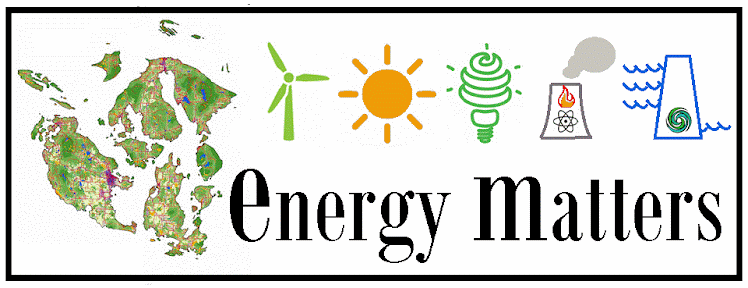In 1997 the Danish government announced a competition to see which local area could present the most realistic and realizable plan for 100% transition to self-sufficiency with renewable energy. The island of Samsø (population 4,300) won the competition. Even though there were no monies, tax breaks or technical assistance tied to the prize, the island forged ahead with its plan and to the surprise of many, reached its goal.
How did Samsø go from being 100% dependent on oil and coal to being a model of sustainability? After winning the competition a single staff position was created. Soren Hermansen, born and raised on the island, believed in the project as few others did and took the job. Slowly, the skeptical islanders began to participate in the project as educational campaigns, community meetings (which often included free beer) and hard work paid off. The community came to not only believe in the project but to invest in it.
Samsø’s carbon negative status was achieved by a three-pronged approach: centralized biomass burning heat plants, wind turbines and conservation.
Centralized heat plants are common in the Nordic countries. People voluntarily traded in their oil stoves as local straw fueled the boilers of centralized heat plants. This created additional income for farmers as well as cozy winters.
The winds of the Baltic Sea were an untapped resource. The islanders bought shares, which generated capital to build 11 land-based wind turbines. These produced 11 megawatts of power and met the entire island’s electricity needs. Later the community invested in 10 large, water based turbines able to produce 24 megawatts of electricity in order to offset their dependence on cars and ferries.
Samsø’s conservation program was very similar to the program OPALCO has created locally. Energy audits were conducted voluntarily on homes and people made the changes they could. Insulation improvements, heat pumps, and changing light bulbs helped incrementally.
Samsø built on its success and created the Energy Academy, a research center for clean power, which draws tourist, academics and government officials who want learn about environmental change coming from the ground up. Hermansen was a 2008 Time Hero of the Environment but always credits the community’s involvement for Samsø’s success. “People say: ‘Think globally and act locally,’” Hermansen remarks. “But I say you have to think locally and act locally, and the rest will take care of itself.”
After hearing Samsø’s story Dauciunas’ challenge seems doable and maybe, not challenge enough. We too are a tight knit community, with our own skeptical side. We can all change our own light bulbs but what would happen if we invested together in community self-sufficiency with conservation and renewable energy? We might even surprise ourselves!


No comments:
Post a Comment